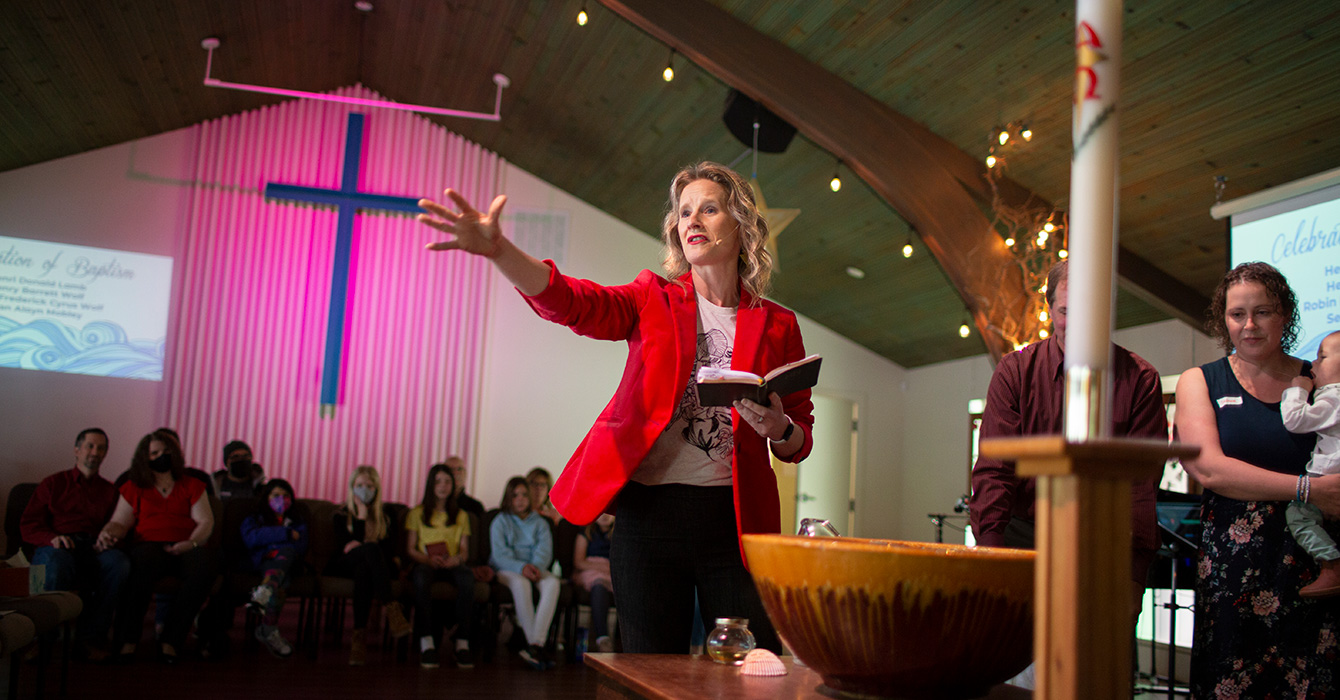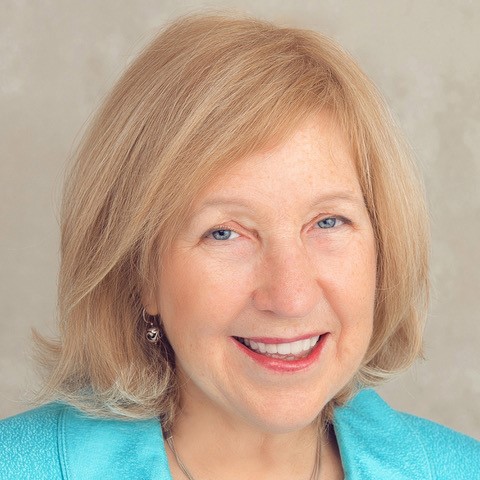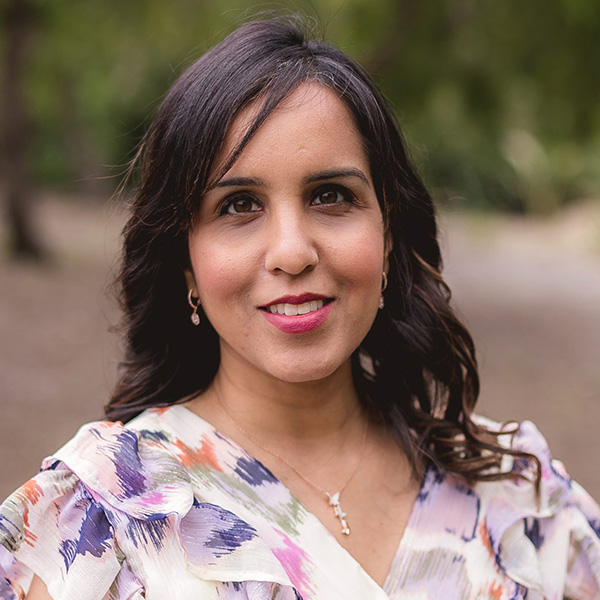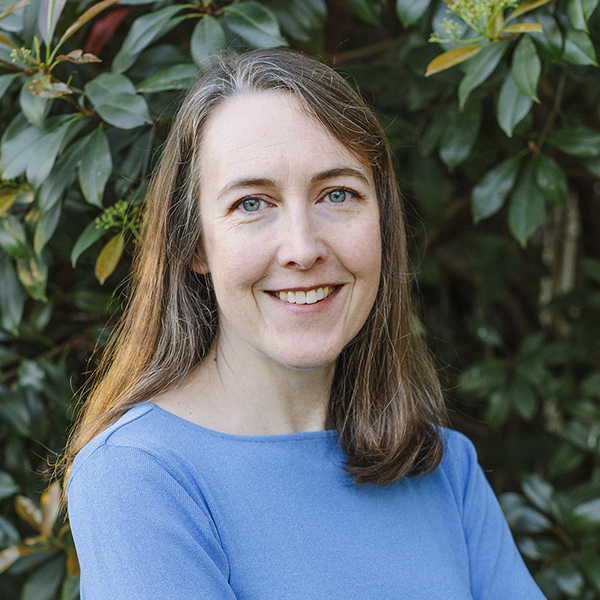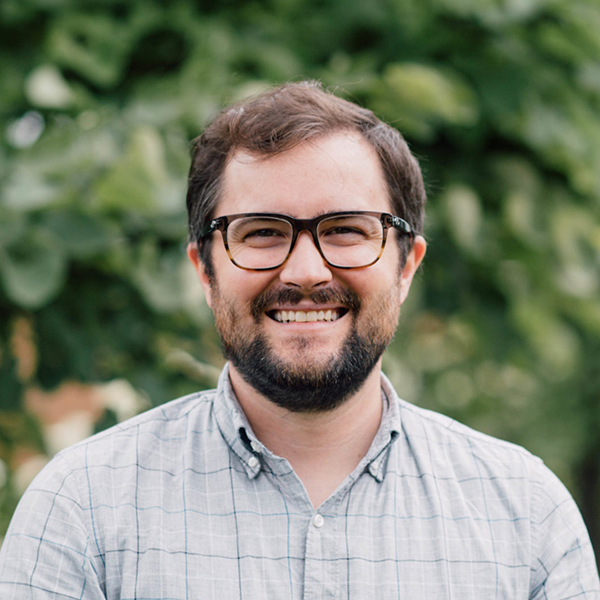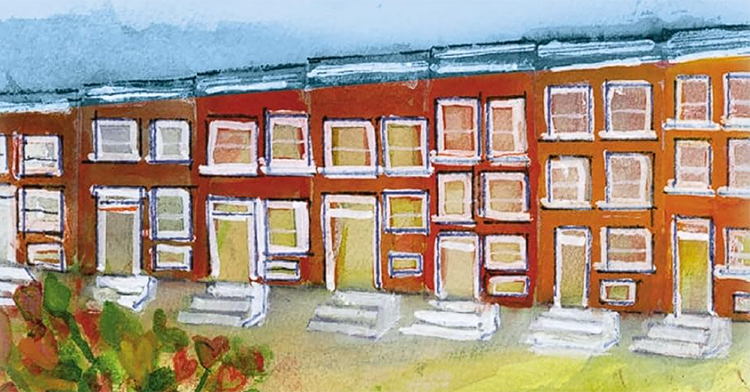A dying Lutheran church in the Seattle suburb of Kirkland had a difficult decision.
Should they close and sell their property for the millions of dollars it would net in Seattle’s red-hot real estate market?
Or should they hand the assets to another congregation to reconfigure it into something more befitting a 21st-century church?
Trinity Lutheran Church’s decision to give up its property to new owners nearly a decade ago led to the planting of Salt House, an enterprising, high-tech Lutheran congregation.
With core values of generosity and radical welcome, the progressive church has embraced LGBTQ folks and established a fund for reparations. Among its biggest commitments: sheltering people experiencing homelessness. Today, its campus includes a day center in the church basement and a 24-hour shelter on land it sold to the city.
The original gift of the building and assets is now part of the congregation’s DNA, helping drive decisions about who and what they will become.
“This whole ability to start Salt House was from the generosity of the dying community that wanted new life to be started here,” said the Rev. Ryan Marsh, a Salt House pastor. “So who were we to stint on generosity? We are loved by a generous God who shapes us into generous people.”
Trinity Lutheran and Holy Spirit Lutheran churches both decided to forgo potential profit and instead use the church building and other assets for a new ministry. Would your congregation make that decision? What factors might have to be considered?
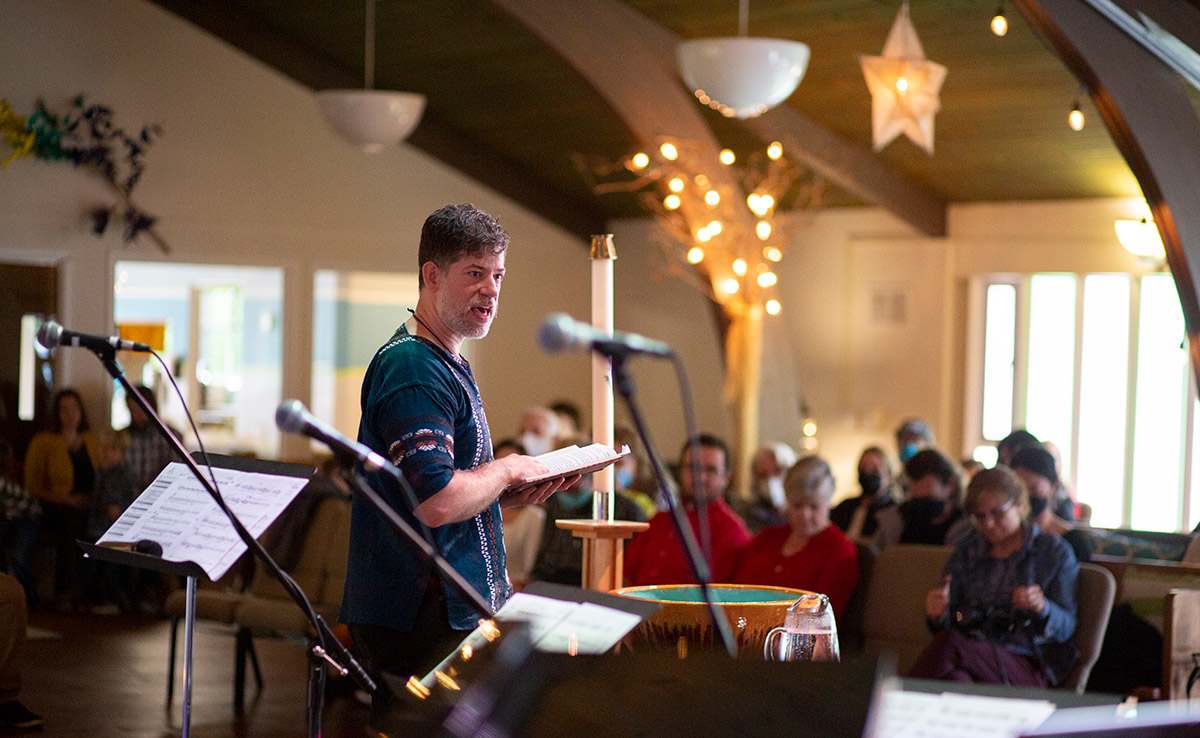
‘What transformations does the church need to make it relevant?’
The Salt House story began in 2013. At that time, only a few dozen people were coming to Trinity Lutheran Church each Sunday.
Meanwhile, Kirkland was booming. New talent from around the globe was pouring into the area to work at companies such as Amazon and Microsoft. Many chose to live in Kirkland, the headquarters of Costco until 1994. The city is located on sloping hills with views of Lake Washington and the Seattle skyline backed by the Olympic Mountains.
Trinity Lutheran was not growing, but its church and parsonage, totaling roughly 6,000 square feet, were paid off. A photo from 2014 shows a 1950s-era long, light gray building, somewhat like a shoebox with a pitched roof. A white cross on the south wall almost blends in with the gray; to the north is a boxlike two-story addition that provided the entrance and parish hall.

A few miles away, Holy Spirit Lutheran, a congregation with a traditional worship but a liberal theological bent, was thriving. One day its pastor, the Rev. Mike Anderson, got a phone call from the leadership at Trinity.
“They wanted to yoke with us,” he said; however, “instead of trying to keep a dying congregation going, we decided it might be better to let the congregation die and resurrect a new one.”
Trinity wanted to have some say in what happened to its assets, which consisted of the church, the land it was on, a parsonage next door and $100,000 in the bank.
Specifically, they wanted the building to house a worshipping community with a social justice outreach. Could Holy Spirit help?
The Northwest Washington Synod of the Evangelical Lutheran Church in America was enthusiastic about Holy Spirit Lutheran taking on the task of founding a new church.
“We swallowed hard and said yes,” Anderson said. “Now we had a $5 million to $6 million property we had to figure out what to do with.”
It took about eight months for members of Holy Spirit Lutheran to approve what sort of new congregation should be birthed. More than 250 ideas were floated, then sorted into seven categories. Each of those categories had a leader and a team.
One idea was for a preschool; another was for a facility for people with disabilities. But the vision that won out was from a “new worship experiences” group that envisioned a place with contemporary worship to attract young adults.
“Nearly everyone at the table had a young person who didn’t feel at home in a church,” said Kim Saunders, the leader of the worship group, who ended up as a founding member of Salt House.
“The conversations we had were around, ‘What transformations does the church need to make it relevant to the future?’ We wanted to try something new, and the other ideas were more of the same.”
Salt House is a story of resurrection. What area of ministry is God seeking to resurrect in your worshipping community?
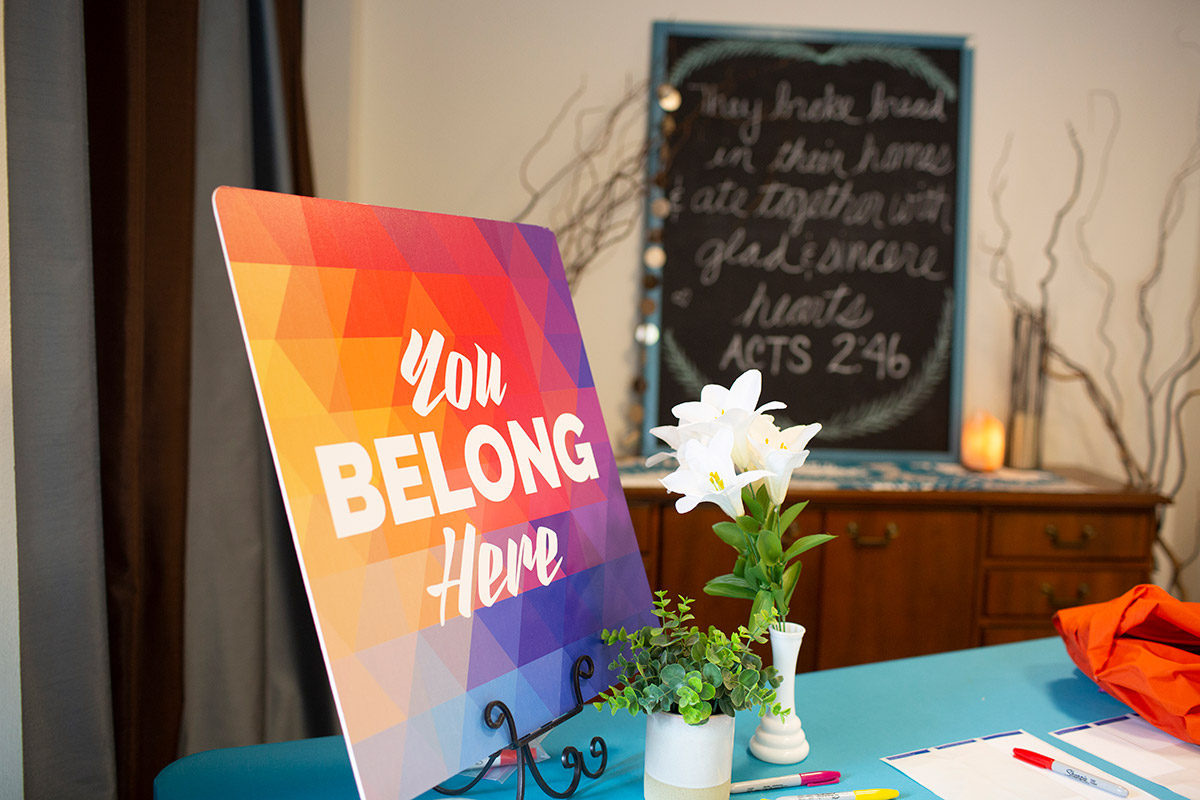
Founding Salt House
Holy Spirit voted to make that vision reality in June 2014. The original dream was to go after disenchanted 20-somethings and youth, as the property was across the street from Lake Washington High School.
They also came up with a church name: Salt House, after how Jesus told his followers to be like salt in a world starving for the flavors of heaven.
The leadership at Holy Spirit knew that Salt House might require an extensive incubation time — as do many church plants — so they formed a committee to oversee the mission church.
The committee then hired a 30-something senior pastor, the Rev. Sara Wolbrecht, who was originally from the area. She began hosting dinner gatherings for young adults, which eventually morphed into its first Sunday service on March 29, 2015.

For the next three years, until Salt House attained parish status, Holy Spirit helped subsidize not only Wolbrecht’s salary (much of which came from the $100,000 in the bank) but also administrative costs.
“If other congregations want to do this, prepare to pay for more administrative support,” Anderson said. “A starting congregation needs someone to make payments, deposit the checks and pay the bills.”
Holy Spirit’s support — together with the assets transferred from the now-defunct Trinity church — proved essential in helping Salt House attain parish status in the relatively quick time of three years, said Deacon Dianne Johnson, the director for evangelical mission for the Northwest Washington Synod.
“Sara is a great pastor,” she said, “but it was also a confluence of good events for that property.”
One of those events was realizing enough assets to allow the young church to qualify for a loan for renovations.
Inside, the west wall was set up to look like a forest, with a montage of birch tree cutouts, wood paneling, sparkling white lights, 3D burlap stars suspended from the ceiling, tree branches (real and papier-mache) wrapped around poles, and nature-themed hangings. Throw pillows were scattered on a loose arrangement of pews and chairs.
Garage doors with glass panels were installed on its east side, leading to a patio where people could isolate themselves during the pandemic, sit outside with their dogs or soak up Seattle’s (admittedly rare) days of sunshine.

The mission evolves
The church wasn’t even a year old when it was approached by two Catholic parishes — Saint Louise in nearby Bellevue and Holy Family in Kirkland. Word had gotten out that Salt House’s building had an unfinished basement.
The Catholic groups had been looking for space to fund a day center for homeless families that would include showers, food service and a laundry.
Not only would the Catholics pay to finish off the basement, but they would also staff it with social workers from Catholic Community Services. It would be called the New Bethlehem Day Center.
For the 30 people then attending Salt House, it was not an easy decision. Kirkland had become an affluent tech hub, and some of its residents — along with those in nearby cities on Seattle’s Eastside — were anxious about the city’s homelessness crisis.
Recently groups such as Safe Eastside were rising up to oppose shelters near single-family residences, and 1,700 people had signed a petition opposing a proposed men’s shelter in Bellevue.
Plus, it would be a major shift in vision for the young church. Saunders remembers how the tiny congregation sat in a circle of chairs and discussed the matter.
Originally, helping people experiencing homelessness “was far down on our list,” Saunders admitted. But the emphasis on youth was changing, and saying yes to the shelter would be a different way to pursue that goal.
“I thought we’d have this really tight relationship with the high school, but that wasn’t really needed,” Wolbrecht said. “What was needed were ways to engage with homelessness on the Eastside. At any schools in the area, there are students living out of cars or living at the shelters.”
So when staff from Catholic Community Services presented the idea to the group, they said yes. New Bethlehem opened in the fall of 2016.
“It was an evolving mission and vision,” Anderson said. “You can plan your vision at the outset, but you also must respond to opportunities and needs which arise.”
Former shelter residents Silas Kropp and Chastidy Carlisle say their stay there was transformative.
The two were living in a van when they showed up at the church several years ago. The overnight shelter was not yet built, so the couple camped out in the church building and got meals, showers and laundry service provided by the church.
Salt House eventually found them a place in another shelter, where they stayed for two years before relocating to Texas.
“I’d recommend any family to go there,” said Kropp, who now lives with Carlisle and her daughter, Abigail, in Mansfield, Texas. “They showed warmth and love, and Pastor Ryan will do anything for you.”
What are the local issues in your community? Who is affected? Does your congregation currently serve this population?
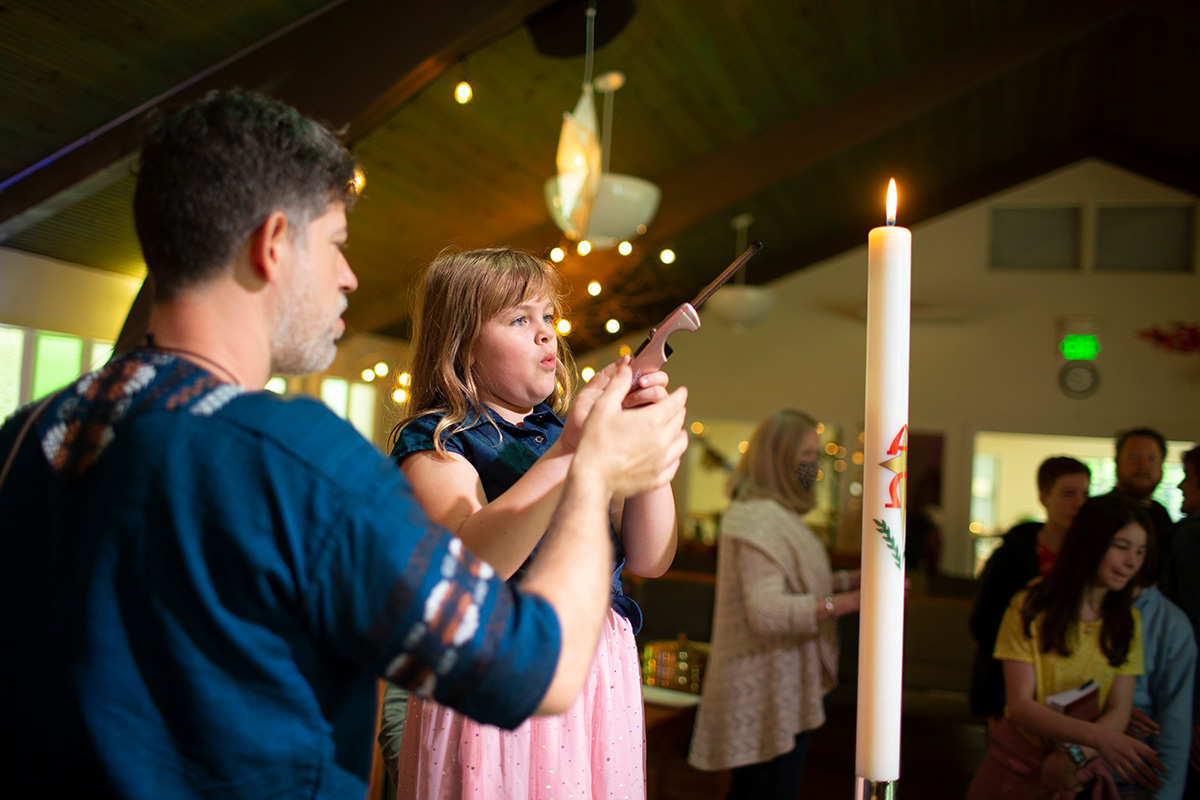
‘Who are we going to become?’
Meanwhile, city officials in Kirkland were casting about for land for a 24-hour shelter. The city had made a regional commitment to host a women’s shelter, but land was extremely expensive, and no one was selling.
Deputy City Manager Tracey Dunlap, who was a member of Holy Spirit, got an idea. What if Salt House, which had some empty square footage on the north side of its property, let the city build there?
She approached the church with an enticing offer of $600,000 for land to build a 19,000-square-foot building. It would provide 100 beds to house 10 families on the first floor in a facility known as New Bethlehem Place and 48 women on the second floor, called Helen’s Place.
Once again, Salt House members had to decide how big their commitment to helping the unhoused should be. They already had the day shelter, and the money the city was offering could go to pay off the debt they’d incurred for the remodeling, with some money left over.
They estimate that they could have made up to $1 million by selling that land commercially, but their vision meant staying with more restrictive public use zoning, which meant a lower price. They decided to support the city.
“The big decision for Salt House was, ‘Who are we going to become?’” said Marsh, who pastors the congregation along with Wolbrecht. “This was something the spirit of God was calling us to — to engage with the homeless — and it was something the young people said was important to us.”
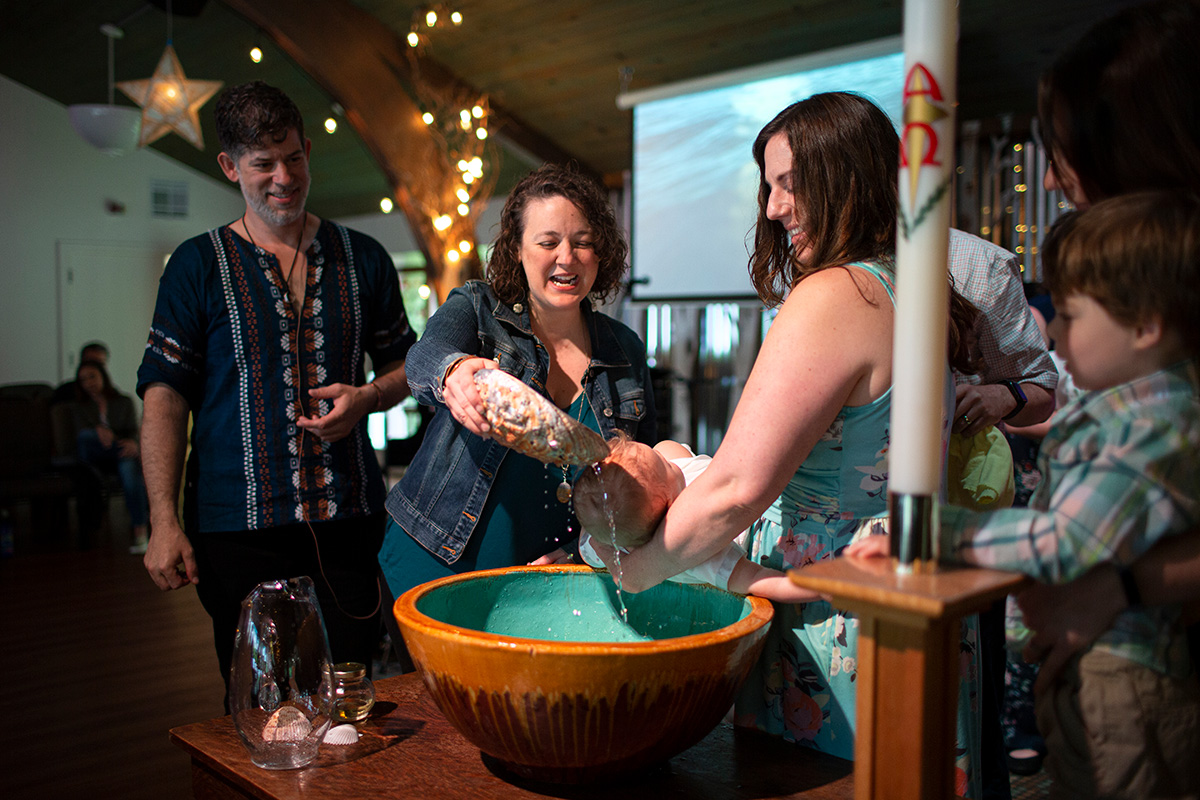
A risky yes pays off
Known as the Kirkland Place for Families and Women, the $10 million building opened in August 2020. Money came from several Catholic churches and organizations, the city, the county, the state and an Eastside organization called A Regional Coalition for Housing.
“It was an unprecedented collaboration between faith communities, private philanthropy and government,” Dunlap said. “None of it could have happened unless you had all the players.”
Plus, she said, the Kirkland City Council went out of its way to help by easing its rules on parking spaces and getting the state legislature to lift restrictions concerning impact fees.
The locale was also key: the property is surrounded by a high school, a low-income housing development, a cemetery and a parsonage. The shelter has fencing around it, and the church serves as a buffer between the building and the neighborhood.
“It’s not like it was surrounded by single-family homes,” Dunlap said. “Plus, it was on some major transit routes.”
Some people who came to public meetings about the project were concerned about crime, she said, but that has not been an issue since the shelter opened two years ago.
“This was the most gratifying project I’ve done in my years of public service,” she said. “Convening everyone, finding and negotiating a site, and getting it open was super gratifying.”
Salt House appointed Marsh to serve as a contact between the church and the shelter, and to provide pastoral care for its residents at no cost. He also supports shelter staff.
“I’ve heard leaders at the shelter say that if you’re going to start a new shelter, have a committed congregation already there,” he said. “These jobs have a lot of turnover, and it can be really hard.”
The church’s decision to sell land to the city has been “remarkably successful,” Saunders said.
“Partnering with our Catholic neighbors was a very risky yes for us at such an early phase, and that was transformative for the church. It’s drawn people to us, because we’re actively participating in the community.”
Sometimes, pain comes with that participation. There have been two deaths among the homeless residents: one woman died in her sleep, and another was accidentally hit by a car driven by another client in the church parking lot. Marsh conducted memorial services for both.
The church has also planted a memorial garden for lost pregnancies and infants and children. Begun a few years ago when a parish family lost their daughter, Iris, the garden now has 10 stones — in a bank of irises — with children’s names on them.
“We knew there’s this grief people carry that is so often unseen,” Wolbrecht said. “We wanted to be a community that saw that loss.”
What does it mean to be a relevant presence in your local community? What intentional conversations are needed to help determine your relevance?
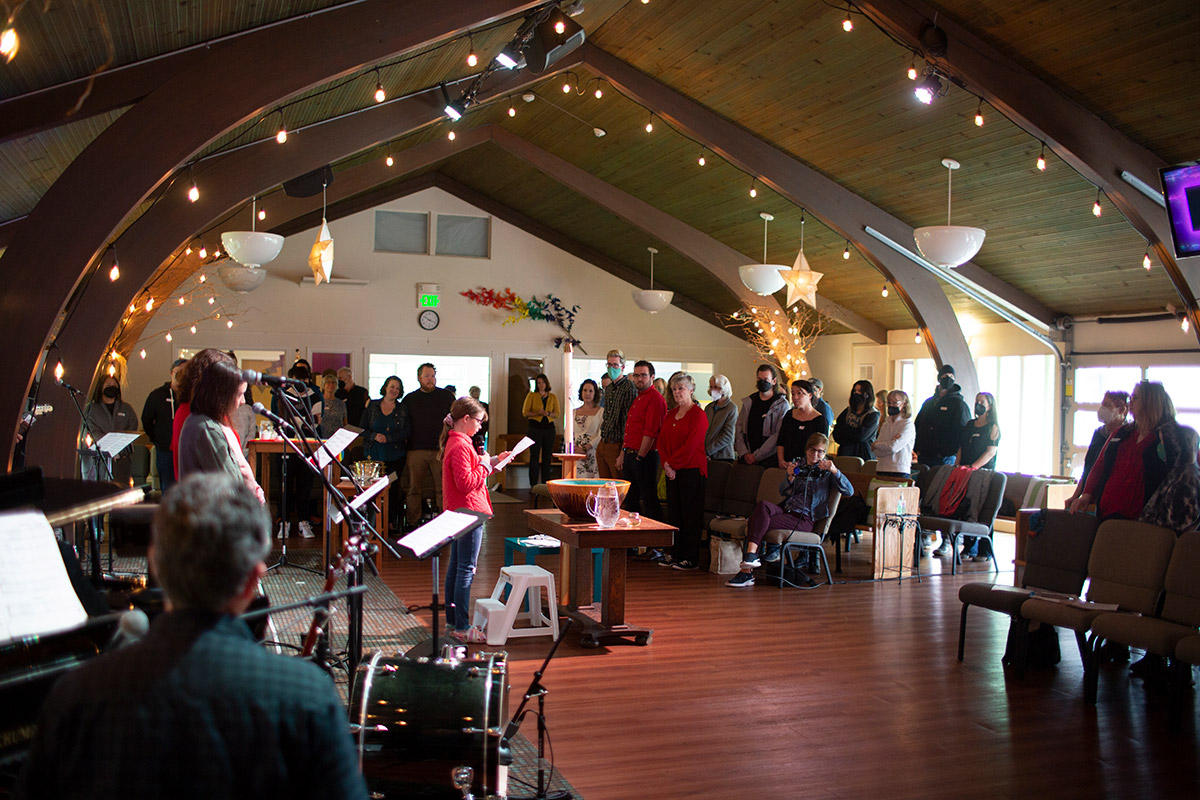
‘What does it look like to love like Jesus here and now?’
The congregation, now with some 150 people on the rolls, goes out of its way to include the people experiencing homelessness in church activities. These include quarterly feasts; toiletry, sock, and gift card drives; service activities, such as tutor training and a series on parenting; and parish mixers, including a Halloween pumpkin party and summer movie nights.
Salt House has allotted about $5,000 annually for an initiative to fund outreach to the LGBTQ community. It has also started budgeting 1% of its offerings for reparations to individuals in the Black community. Its latest distribution of $4,000 on Juneteenth of this year went to eight individuals who used the funds for medical bills, a small business startup and other needs.
The current annual $532,800 budget includes three full- and part-time pastors, along with a worship director, a church manager, an administrator, and a youth and family director, all part-time.
Wolbrecht summarized all these ministries in a special 45-minute sermon in May as a retrospective of the congregation’s first seven years and a vision for the next seven. About 40 people were in the sanctuary, and 70 online.
She preached on Jesus’ three questions to the apostle Peter during a post-resurrection appearance.
“What does it look like to love like Jesus here and now?” she asked. Then she ran through a dizzying list of activities that Salt House oversees. Photos of each activity flashed on a screen behind her.
“Do you feel where we’ve been is incredible?” she asked. “Do you feel led to be where we are going right now?”
Judging from the applause, they did.
How can your church be a space of hospitality and generosity? What internal and exterior barriers might prevent your congregation from being that kind of space?
Questions to consider
- Trinity Lutheran and Holy Spirit Lutheran churches both decided to forgo potential profit and instead use the church building and other assets for a new ministry. Would your congregation make that decision? What factors might have to be considered?
- Salt House is a story of resurrection. What area of ministry is God seeking to resurrect in your worshipping community?
- What are the local issues in your community? Who is affected? Does your congregation currently serve this population?
- What does it mean to be a relevant presence in your local community? What intentional conversations are needed to help determine your relevance?
- How can your church be a space of hospitality and generosity? What internal and exterior barriers might prevent your congregation from being that kind of space?

